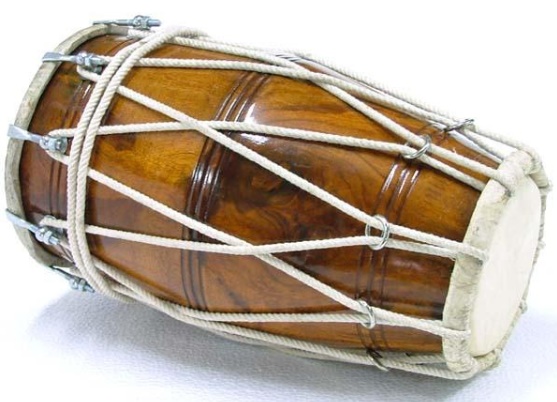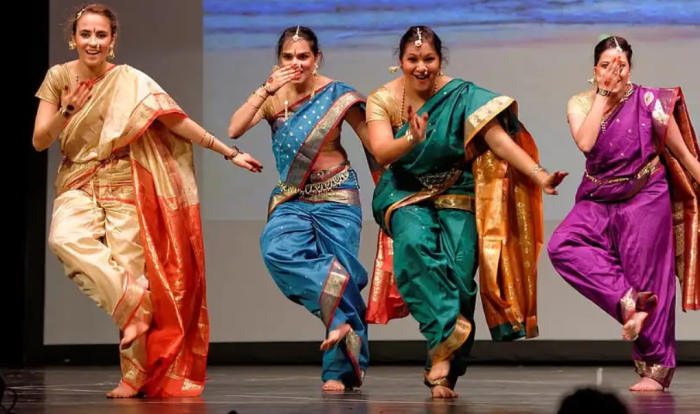Table of Contents
History of Lavani Dance
Lavani originated from Maharashtra in the 18th or 19th century. The performers are not freelancers but patronized by the Lords and Kings of Maratha.
As a result, it is related to different factors such as politics, religion, and society.
Translated to “beauty”, the Lavani dance was first performed in Sholapur mainly, until the fall of the region’s rulers led to its ups and downs.
Nonetheless, it remained under the dynasty’s control.
In the last decades of the 20th century, the performers used the dance to boost the spirit of the exhausted warriors.
The sarcastic lyrics of the songs and the suggestive dance moves were very effective in entertaining the audience and pique their interest.
Nowadays, the popularity of Lavani has decreased remarkably.
Although it appeared in Bollywood films quite frequently, the sensual nature backfired, and Lavani became discriminated against instead of appreciated.
In public eyes, the defamed artists and their private performances for wealthy clients give the Lavani dance such a bad reputation.
Read more: 50+ Traditional Indian Folk Dances
Lavani Dance Costume
An essential part of the Lavani dance is the outfit. The dancers wear Nauvari, a type of saree extending to 9 yards in length.
However, the fabrics will be styled and wrapped around the dancers, so they will look neat and feel fresh during the performance.
The most prioritized material is cotton. It is lightweight and breathable enough to keep the dancers comfortable despite the exertion.
Furthermore, cotton is stiff, hence you can effectively avoid unwanted exposure.
To match the radiant saree, the accessories used in Lavani are quite extravagant as well. The dancers will adorn massive earrings, long necklaces, traditional nose rings, waist jewelry, wrist bangles, and anklets.
Of course, the signature red bindi will be on their forehead.
Check more: What Is The Formation Dance?
Lavani Dance Performance
The music for Lavani mainly came from a traditional drum called Dholak. It is accompanied by Manjeera (cymbal), Tuntuni (string), Daf (tambourine), and a harmonium.

Another special sound effort in the performance is the ankle bells worn by the dancers. When they move along with the fast tempo of the songs, the bells will ring and push the excitement to the maximum.
The core of Lavani contains two primary parts: Nirguni and Shringari.
The Nirguni side leans more to philosophy while the Shringari side is about sensuality.
Shringari might portray a romantic bond between a man and a woman, which makes it more popular than Nirguni.
In synchronization with the explicitly sexual lyrics of the songs, the concepts of menstruation and sexual intercourse were seen as taboo and thus inappropriate to be widely introduced to the public.

